
Canary
Canary
Canary
Canaries are small birds that are kept as pets for their beautiful appearance in red, yellow, and white colors and their chirping. Canaries used to be very common small birds that were bred in many households along with parrots and finches. But gradually, fewer people kept them, and it became rare to see them in pet shops. What kind of features and secrets do these canaries have? Let’s find out together in this article!
Canary Basic Infomation
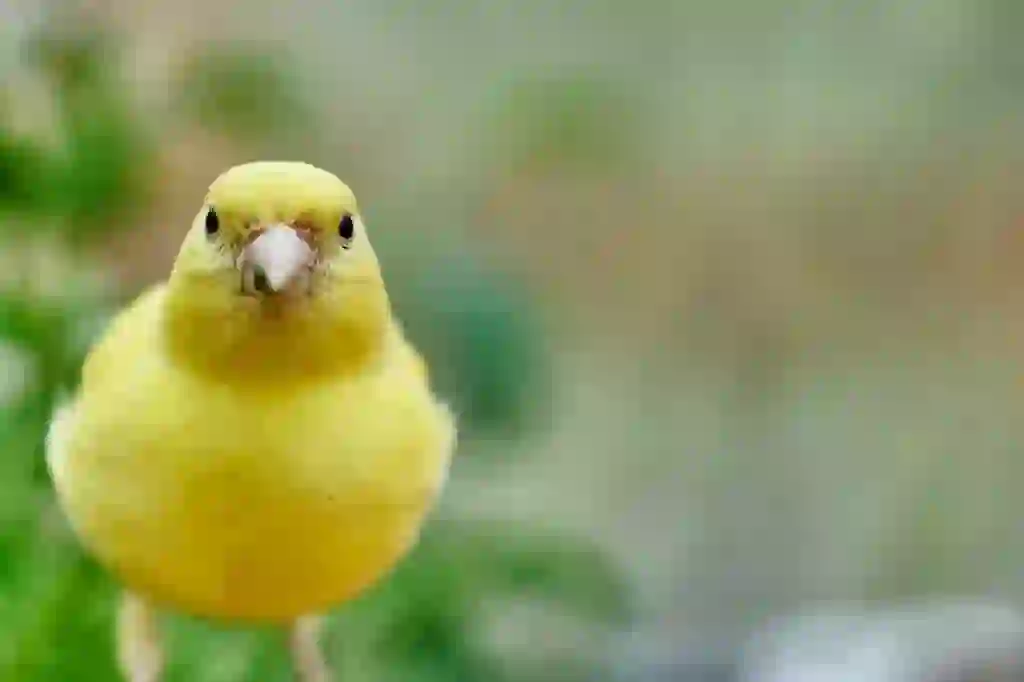
Aves Passeriformes-Fringillidae-Canary genus.
Length 11-20cm. Weight 12-30g.
Canaries are wild birds that live in the Canary Islands, a Spanish territory, and are about the size of sparrows. The canaries that are kept as pets are domesticated birds that were tamed from wild canaries, and they look and behave very differently from wild canaries.
In fact, wild canaries have a plain coloration with a green belly and brown stripes on their back, and their feathers have no distinctive shape. But pet canaries come in various colors such as red, yellow, and white. Some breeds have curly feathers or long facial feathers that cover their eyes, while others have beautiful singing voices or a unique posture that resembles a crescent moon. There are so many breeds of canaries that you can’t imagine they came from wild canaries.
The history of canaries is surprisingly old. It is believed that they were brought to Europe by the Spanish who invaded and conquered the Canary Islands in the 14th and 15th centuries, along with many other spoils of war. It must have been very hard to improve the appearance of canaries, which were very plain birds, into the beautiful ones we see today. But it seems that many people wanted to breed and improve canaries because of their beautiful singing.
Canaries were very expensive birds when they first started to be kept in Europe, and only wealthy people like nobles could afford them. It is said that they came to Japan in the late Edo period, but even then, a pair of male and female canaries cost about 2 million yen in today’s money. It is also known that Takizawa Bakin, the author of “Nanso Satomi Hakkenden”, was a lover of canaries.
When you keep rare animals as pets, you may need to follow the laws that are set by each country. In this article, we will introduce whether you can keep canaries at home in Japan. Canaries are small birds that can be kept as pets, just like budgies and finches.
Canaries are basically sturdy and easy to keep, and they have attractive appearance and chirping. However, it is usually the males that sing with beautiful voices, while the females hardly sing at all. Also, please be aware that canaries are ornamental birds that you enjoy by listening to their chirping and watching them with your eyes, and they cannot talk like budgies or interact with you like finches.
In the Showa era, there were many households that kept small birds such as canaries, and many children also admired keeping canaries. But perhaps because more people started to value “interaction” over “appreciation” when keeping pets, canaries gradually disappeared from the Japanese pet market, and it is said that there are fewer breeders and keepers than before.
For canaries’ food, you can give them seeds or pellets that are labeled for canaries or finches as their main diet, along with leafy greens such as komatsuna or bok choy.
If you choose seeds as their main diet, it is said that it is good to give them four types of seeds: millet, foxtail millet, sorghum, and canary seed, as well as rapeseed and perilla that are high in fat. You can buy each seed separately and blend them yourself, but there is a possibility that the nutritional balance will be uneven, so it is also a good idea to buy a “seed mix” that is already blended. Also, make sure to choose seeds with husks, and give them bone meal powder or supplements for small birds as needed.
If you choose pellets as their main diet, we recommend that you compare several pellets and check their nutritional content and ingredients. And if possible, choose the ones that do not use unnecessary things such as coloring or flavoring agents, and the ones from reliable manufacturers.
Canaries are basically kept in cages or birdcages for small birds.
Perhaps because canaries are ornamental birds, many of the cages that are sold as “for canaries” seem to focus more on appearance than functionality. Indeed, beautiful cages and beautiful canaries go very well together, but if possible, please choose a cage that is as large and easy to clean as possible so that your canary does not become inactive.
Also, male canaries have a habit of living alone with their own territory, so they will fight if you put them in the same cage. Therefore, when you keep a male canary, please prepare one cage for each canary. Females can be kept together with multiple individuals, but if you keep multiple canaries in one birdcage or cage, please prepare a cage that is large enough for the number of birds.
It is good to place the cage in a place where direct sunlight does not hit but you can feel the sun’s light, and where there is moderate ventilation and no noise or vibration. And once you decide where to place the cage, do not move it basically.
Canaries are broadly divided into three types: “color canaries”, “type canaries (style canaries)”, and “song canaries”.
Color canaries are canaries that have been improved for their beauty of color and pattern, such as “red canary”, “lemon canary”, and “white canary”. Canaries are originally very plain birds, but as a result of breeding with wild birds with bright red feathers, such as the red siskin, they have developed colors such as red and yellow.
Type canaries are canaries that have curly feathers or unique body shapes, such as “curly canary”, “Japanese thin canary”, “Norwich fancy”, and “lizard canary”. They have the characteristic of having a very gorgeous appearance, such as the curly canary with its very gorgeous appearance, or the Japanese thin canary with its slender and beautiful body shape, compared to other canaries.
Song canaries are canaries that have further polished their beautiful voices, and the most famous one is the “roller canary”. Roller canaries are known for their unique way of singing that is different from other canaries, and contests are held in various countries around the world to compete for the beauty of their singing. If you want to participate in a contest, you have to exercise them enough from a young age to build up their stamina and train them to sing.
The greatest attraction of canaries is the beautiful singing of the males. However, canaries have a loud voice for their small body, and especially the males in the breeding season sing louder than you might imagine. Therefore, if you keep canaries in a collective housing such as an apartment or a condominium, you have to be considerate not to disturb your neighbors.
It is said that females basically hardly sing at all, so if you want to keep canaries in a collective housing, it might be better to choose females. However, the reality is that you cannot be sure because there are some females who occasionally sing with such a loud voice that you might think they are males.
Canary Q&A

Canaries are small birds that can be kept as pets.
When you keep rare animals as pets, you may need to follow the laws that are set by each country. In this article, we will introduce whether you can keep canaries at home in Japan. Canaries are small birds that can be kept as pets, just like budgies and finches.
Canaries are basically sturdy and easy to keep, and they have attractive appearance and chirping. However, it is usually the males that sing with beautiful voices, while the females hardly sing at all. Also, please be aware that canaries are ornamental birds that you enjoy by listening to their chirping and watching them with your eyes, and they cannot talk like budgies or interact with you like finches.
In the Showa era, there were many households that kept small birds such as canaries, and many children also admired keeping canaries. But perhaps because more people started to value “interaction” over “appreciation” when keeping pets, canaries gradually disappeared from the Japanese pet market, and it is said that there are fewer breeders and keepers than before.
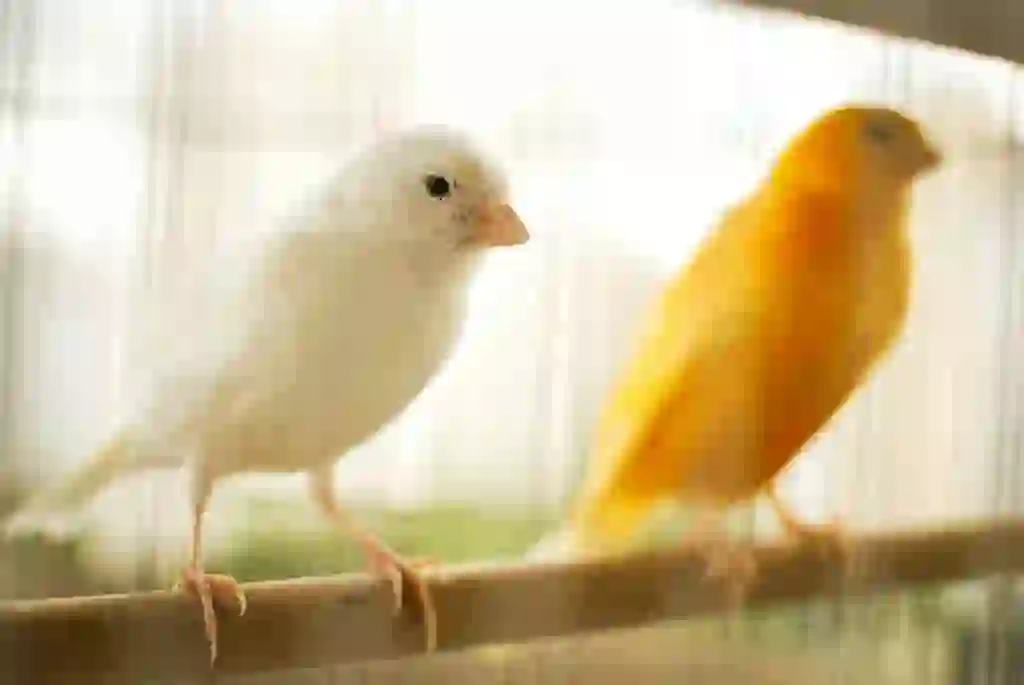
What should I give when keeping them at home?
For canaries’ food, you can give them seeds or pellets that are labeled for canaries or finches as their main diet, along with leafy greens such as komatsuna or bok choy.
If you choose seeds as their main diet, it is said that it is good to give them four types of seeds: millet, foxtail millet, sorghum, and canary seed, as well as rapeseed and perilla that are high in fat. You can buy each seed separately and blend them yourself, but there is a possibility that the nutritional balance will be uneven, so it is also a good idea to buy a “seed mix” that is already blended. Also, make sure to choose seeds with husks, and give them bone meal powder or supplements for small birds as needed.
If you choose pellets as their main diet, we recommend that you compare several pellets and check their nutritional content and ingredients. And if possible, choose the ones that do not use unnecessary things such as coloring or flavoring agents, and the ones from reliable manufacturers.
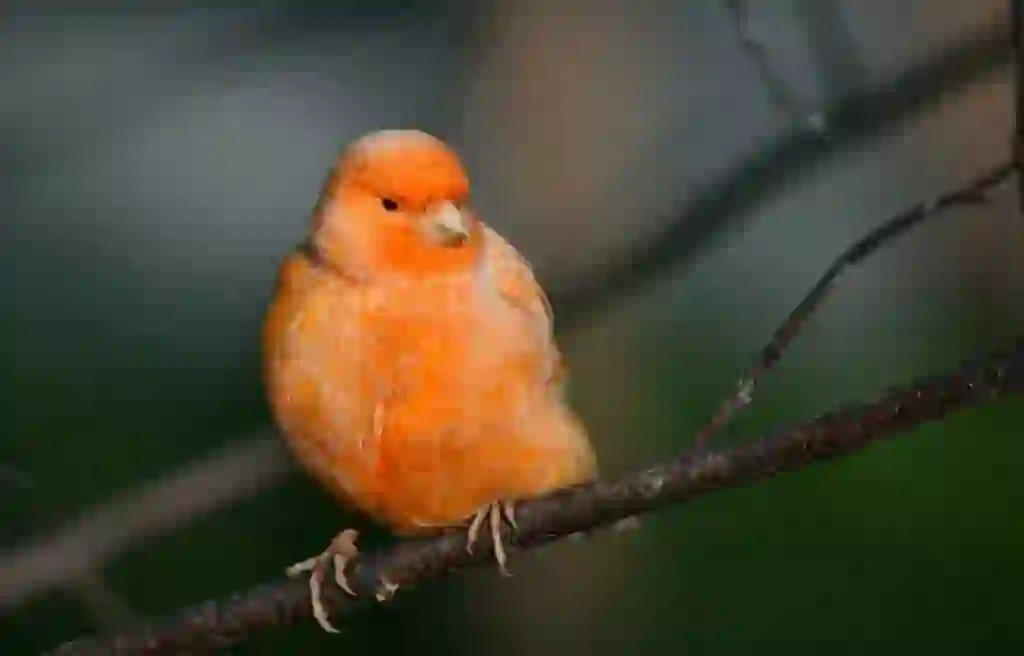
About the environment in which they are raised.
Canaries are basically kept in cages or birdcages for small birds.
Perhaps because canaries are ornamental birds, many of the cages that are sold as “for canaries” seem to focus more on appearance than functionality. Indeed, beautiful cages and beautiful canaries go very well together, but if possible, please choose a cage that is as large and easy to clean as possible so that your canary does not become inactive.
Also, male canaries have a habit of living alone with their own territory, so they will fight if you put them in the same cage. Therefore, when you keep a male canary, please prepare one cage for each canary. Females can be kept together with multiple individuals, but if you keep multiple canaries in one birdcage or cage, please prepare a cage that is large enough for the number of birds.
It is good to place the cage in a place where direct sunlight does not hit but you can feel the sun’s light, and where there is moderate ventilation and no noise or vibration. And once you decide where to place the cage, do not move it basically.

What types of canaries are there?
Canaries are broadly divided into three types: “color canaries”, “type canaries (style canaries)”, and “song canaries”.
Color canaries are canaries that have been improved for their beauty of color and pattern, such as “red canary”, “lemon canary”, and “white canary”. Canaries are originally very plain birds, but as a result of breeding with wild birds with bright red feathers, such as the red siskin, they have developed colors such as red and yellow.
Type canaries are canaries that have curly feathers or unique body shapes, such as “curly canary”, “Japanese thin canary”, “Norwich fancy”, and “lizard canary”. They have the characteristic of having a very gorgeous appearance, such as the curly canary with its very gorgeous appearance, or the Japanese thin canary with its slender and beautiful body shape, compared to other canaries.
Song canaries are canaries that have further polished their beautiful voices, and the most famous one is the “roller canary”. Roller canaries are known for their unique way of singing that is different from other canaries, and contests are held in various countries around the world to compete for the beauty of their singing. If you want to participate in a contest, you have to exercise them enough from a young age to build up their stamina and train them to sing.
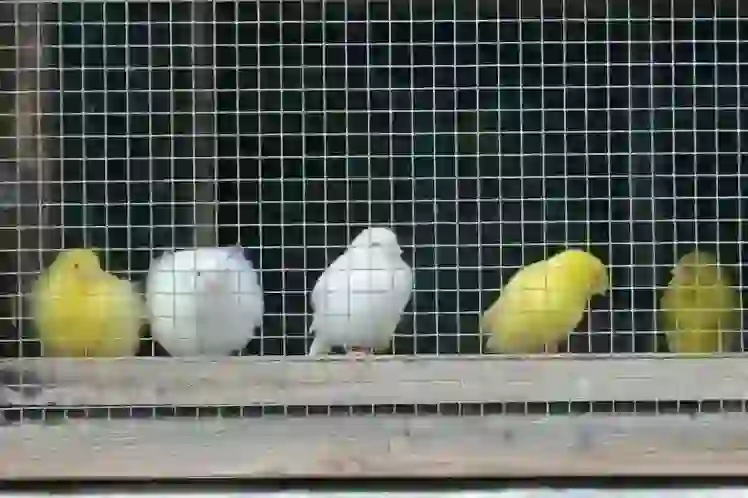
Other things to note.
The greatest attraction of canaries is the beautiful singing of the males. However, canaries have a loud voice for their small body, and especially the males in the breeding season sing louder than you might imagine. Therefore, if you keep canaries in a collective housing such as an apartment or a condominium, you have to be considerate not to disturb your neighbors.
It is said that females basically hardly sing at all, so if you want to keep canaries in a collective housing, it might be better to choose females. However, the reality is that you cannot be sure because there are some females who occasionally sing with such a loud voice that you might think they are males.
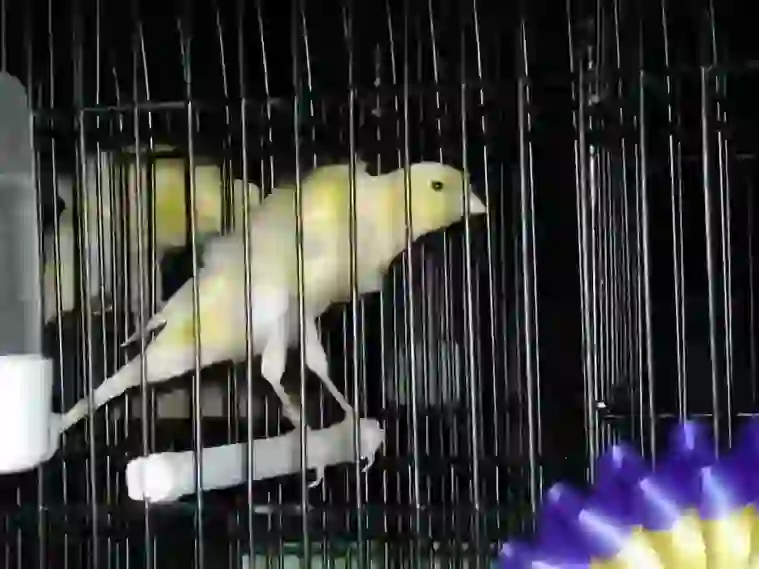
What is the origin of the name Canary?
By the way, why are canaries called canaries?
The origin of the name canary is the “Canary Islands”, where they live, and it is thought that they were named canaries because they are small birds that live in the Canary Islands. The name Canary Islands is thought to have originated from the fact that when the Spanish landed on this island, they saw many dogs and said “Insula Canum” (meaning “island of dogs” in Latin).
Canaries are sometimes also called canariya, and are expressed in kanji as “金糸雀” or “金絲雀”. The scientific name is “Serinus canaria”, and in English they distinguish between wild canaries as “Wild canary” and pet canaries as “Domestic canary”.
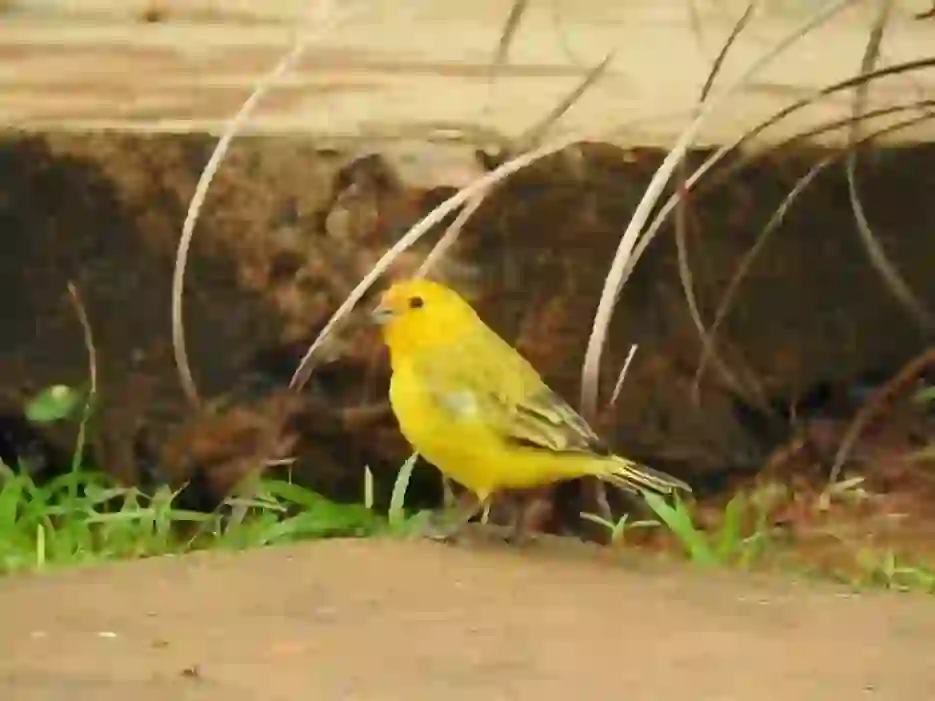
Why do canaries live there?
Canaries live in the Canary Islands, Madeira Islands, and Azores Islands in the Atlantic Ocean.
Unfortunately, I could not find out the exact reason why canaries live in these places. However, one possible reason is that these islands are rich in nature, and canaries had enough food and places to live.
By the way, there are wild birds called “serins” that live along the Mediterranean coast of Europe and Africa, which are a different species from canaries but look very similar.
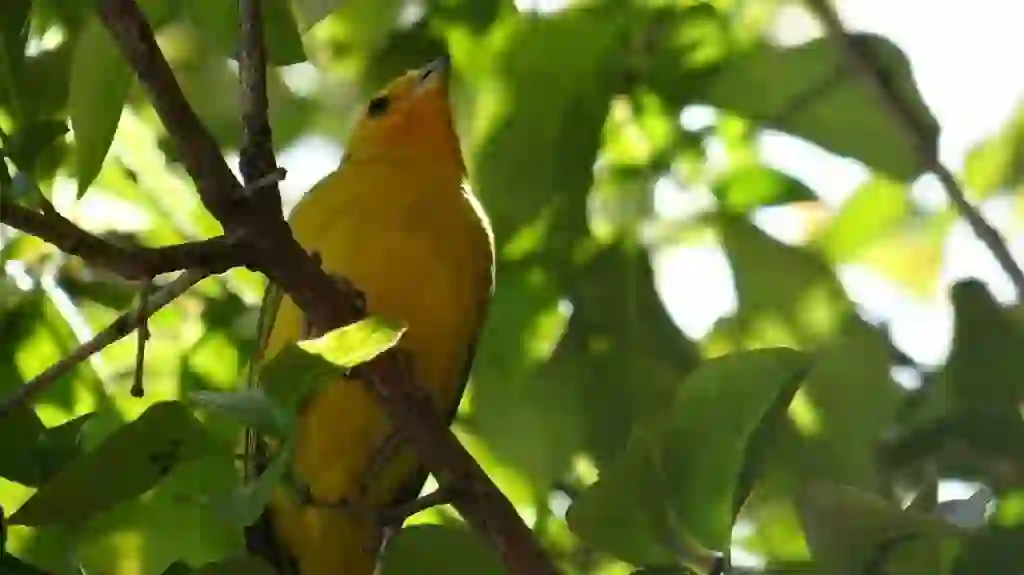
What do wild canaries eat?
Wild canaries are said to eat plant matter such as seeds and ripe fruits, just like pet canaries.
By the way, it seems that zoos feed them with seed mix with skin, compound feed for small birds, vegetables such as komatsuna and Chinese cabbage, and fruits such as apples and oranges.
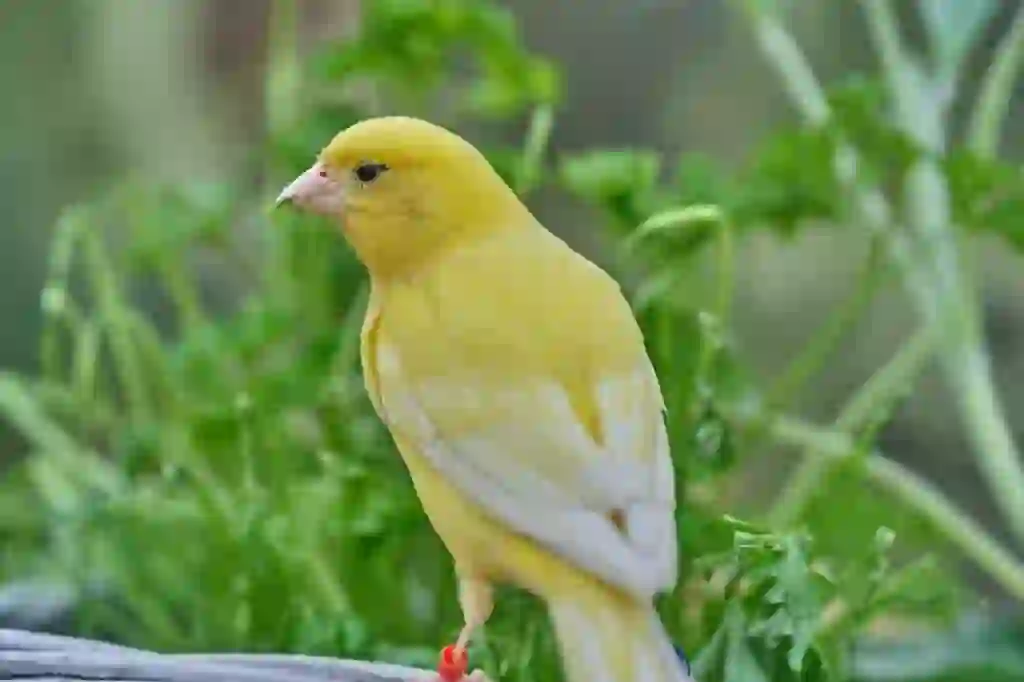
Is it true that canaries can sense poison gas?
That’s true. In Europe, during the Industrial Revolution, many workers who worked in coal mines took canaries to their workplaces to detect oxygen deficiency and toxic gas (such as methane and carbon monoxide) in the mines. This is because when something went wrong in the mine, the canaries, which were supposed to be always singing, would stop singing or become lethargic. The miners would escape from the mine as soon as they noticed a change in the canaries’ behavior, thus protecting themselves from oxygen deficiency and toxic gas.
At that time, canaries were said to be one of the best species among birds for detecting oxygen deficiency and toxic gas. However, it is now known that canaries do not have any special ability to sense oxygen deficiency and toxic gas. In fact, before canaries became popular as pets, mice and other wild birds played the same role.
However, many animals died because they could not endure working in the harsh environment of the coal mines, where there was no sunlight, and the temperature could reach 30-40°C and the humidity 100% depending on the place. But canaries have the wonderful qualities of being able to withstand such harsh environments, as well as having beautiful songs and appearances. Therefore, canaries were more than just tools to protect themselves from toxic gas, they were also a precious source of comfort and a partner for the people who worked in the harsh environment.
By the way, in English there is a widely used phrase “canary in a coal mine”, which means “warning” or “omen”, from this history.
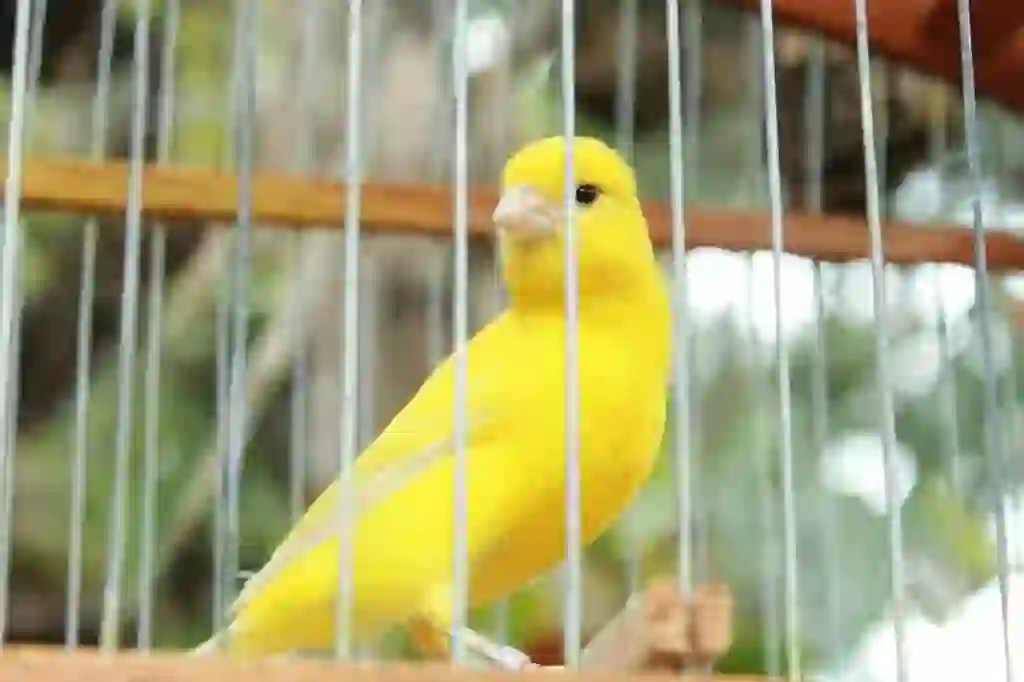
How long do canaries live?
The lifespan of canaries is about 10 years, and the longest is about 24 years.
The lifespan of small birds that are often kept as pets like canaries is said to be 5-10 years for budgerigars and 8-10 years for Java sparrows. You can think that the lifespan of canaries is about the same as these small birds or slightly longer.

Would you like to become a part of the 'Animalbook.jp'?
Turn your knowledge into Q&A and share it with the world. ※Publication will be activated after purchase. Let's share information together!
Canary Type of List
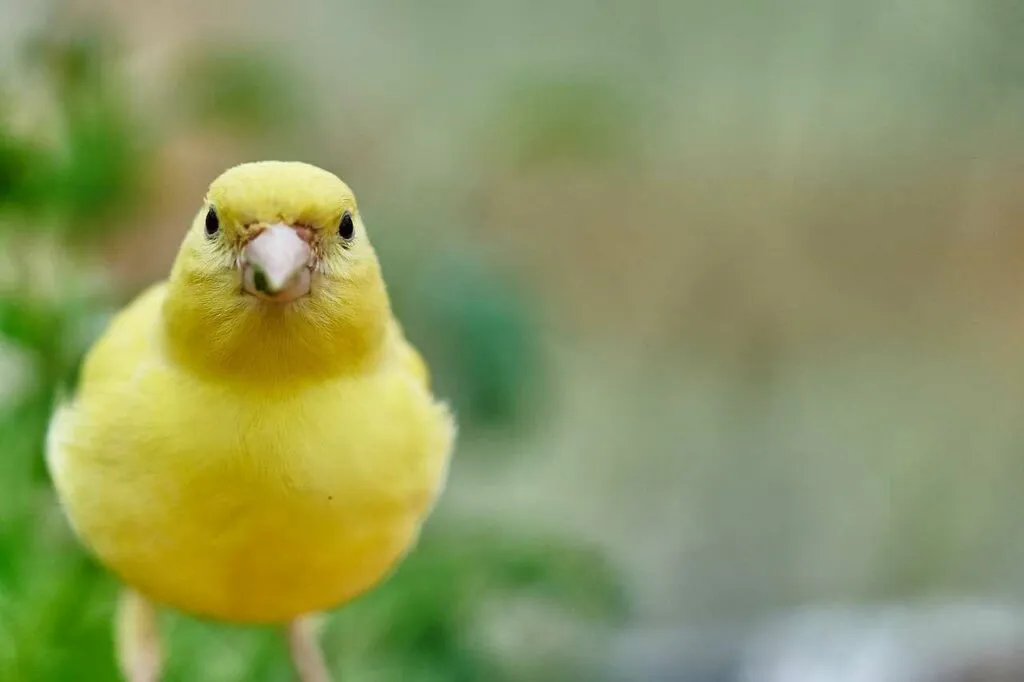
- Canary
Information
Congratulations! You are the first commenter!

Create Your Favorite List!
Canary
Save the animals you love! Build your own list to quickly revisit your favorites later.

Would you like to leave a comment?
※Please note: This is for the purchase of rights to post comments within the article.
Find Your Favorites!
Our shop offers a unique and attractive selection of goods themed around various animals.
Canary References

- 島森 尚子(2011年)『ザ・カナリア―最新の品種・飼育法・繁殖・ケアがわかる (ペット・ガイド・シリーズ)』誠文堂新光社
- 国土交通省「カナリア事情 平成30年3月現在 在ラスパルマス領事事務所」 https://www.mlit.go.jp/common/001243903.pdf
- 環境省「ペット動物販売業者用説明マニュアル」 https://www.env.go.jp/nature/dobutsu/aigo/2_data/pamph/manu_dealer/bird.pdf
- コトバンク「カナリア」 https://kotobank.jp/word/カナリア-45815
Canary Introduction of media used

出典:https://pixabay.com/images/id-3386323/

出典:https://pixabay.com/images/id-2871833/

出典:https://pixabay.com/images/id-3153848/

出典:https://pixabay.com/images/id-5988795/

出典:https://pixabay.com/images/id-420580/

出典:https://pixabay.com/images/id-4253958/

出典:https://pixabay.com/images/id-312808/

出典:https://pixabay.com/images/id-3386319/

出典:https://pixabay.com/images/id-5285011/
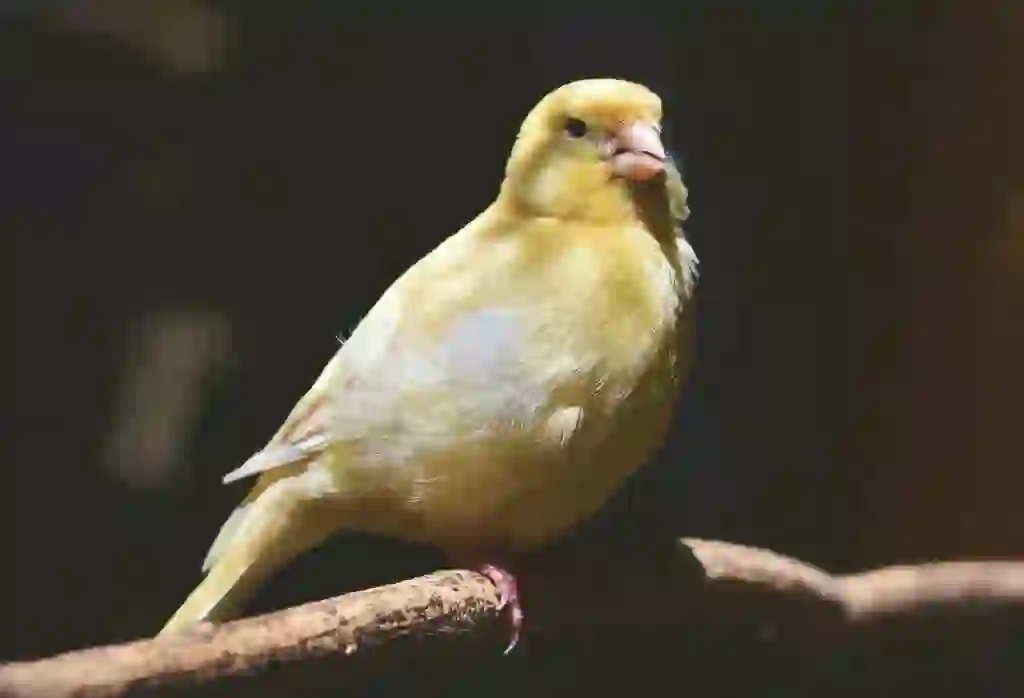
出典:https://pixabay.com/images/id-4759562/

Help Enrich Our Animalbook.jp with Your Media!
We are constantly looking to expand and enrich our Animalbook.jp with amazing photos and videos of animals. If you have any media that you'd like to share, please contribute and help us showcase the beauty and diversity of the animal kingdom. Your submissions will be credited and featured in our encyclopedia, reaching a wide audience of animal lovers.


















